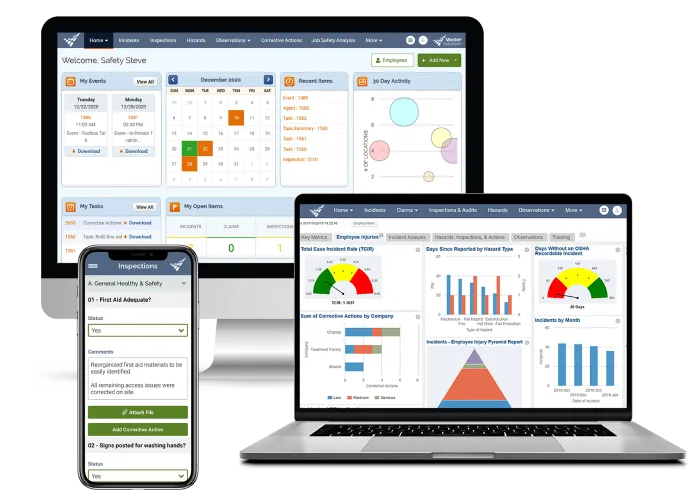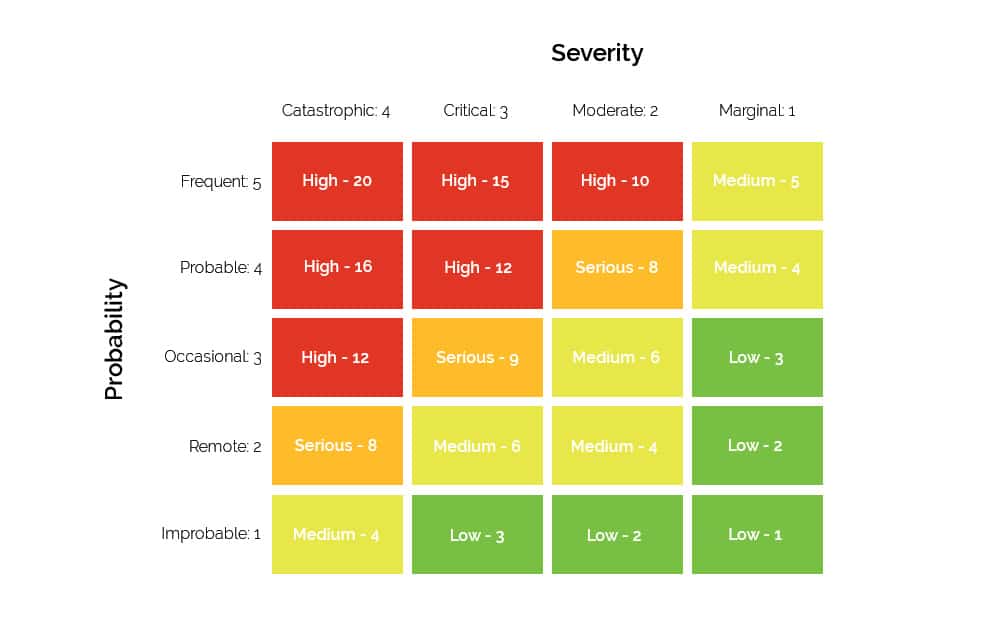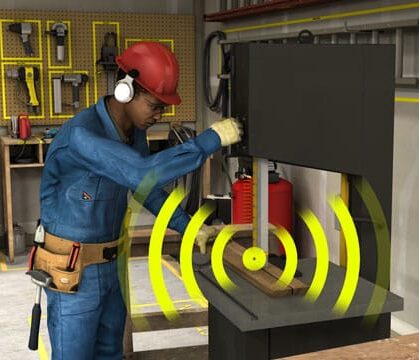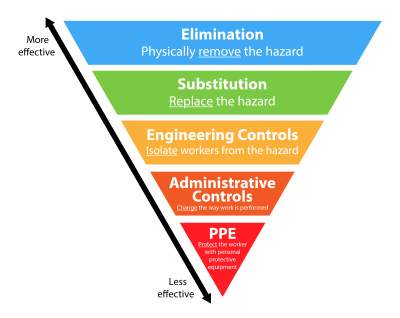December 17, 2024 6 min read

What is an OSHA Workplace Injury?
Industry:
Solution:

The Occupational Safety and Health Administration (OSHA) identifies various types of workplace injuries that organizations must recognize and address. By understanding OSHA’s guidelines, you can take proactive steps to protect your workforce, reduce injury-related costs, and promote a culture of safety that benefits everyone. In this blog, we’ll break down the technical definition of an OSHA workplace injury, explain what workplace injuries must be reported to OSHA, and provide resources to facilitate this process in your own organization.
What Does OSHA Consider a Work-Related Injury?
An OSHA workplace injury is an illness or injury that was either caused or contributed to by an event in the work environment. This includes injuries or illnesses that are pre-existing but have been significantly aggravated by workplace events or exposures.
Under OSHA’s regulations, incidents that are not work-related do not need to be recorded on your OSHA recordkeeping logs. Determining work-relatedness is critical to properly recording safety incidents and avoiding violation fines.
What Counts as a “Work Environment”?
To determine whether an injury is work-related and avoid recordkeeping mistakes, you must first understand OSHA’s definition of a “work environment.”
According to OSHA, the work environment is “the establishment and other locations where one or more employees are working or are present as a condition of their employment. The work environment includes not only physical locations but also the equipment or materials used by the employee during the course of his or her work.
Vector EHS Management Software
Bring your organization’s EHS activities, tasks, and reports into one easy-to-use solution
Learn More
What Workplace Injuries Must be Reported to OSHA?
Failing to report work-related injuries to OSHA can result in expensive fines of up to $16,000.
In the following sections, we’ll break down key OSHA workplace injuries. This will help you determine which injuries and illnesses should be documented as work-related, and which should not.
OSHA Workplace Injury: Fainting
Fainting, also known as loss of consciousness, is one of the main criteria to determine if an incident is recordable. When an employee faints, it’s essential to know if it was caused by an event that occurred within the work environment.
Some causes for fainting in the workplace include:
- Fainting at the sight of blood. For instance, an employee could suffer a minor cut while working on a machine and have minor bleeding, causing another employee to faint at the sight of their blood.
- Heat stress or dehydration. Prolonged exposure to high temperatures or inadequate hydration can lead to fainting, especially in physically demanding or poorly ventilated environments.
- Excessive physical exertion. Overexertion from heavy lifting, repetitive motions, or extended work without rest can cause employees to lose consciousness.
- Exposure to fumes or chemicals. Inhalation of strong fumes or toxic substances, particularly in confined or unventilated areas, may result in fainting.
- Stress or anxiety. High-pressure situations or witnessing a traumatic workplace event can trigger fainting due to emotional distress.
All of these instances should be recorded as work-related injuries. Remember: every time fainting is caused by an event in the work environment and the employee is injured, the incident is deemed work-related.

OSHA Workplace Injury: Carpal Tunnel Syndrome
Employees engaging in repetitive motions over long periods of time can suffer from injuries or illnesses, such as carpal tunnel syndrome. Carpal tunnel syndrome is a condition caused by pressure on the wrist that can lead to pain, numbness, tingling, and weakness in the hand and fingers, often affecting grip strength and mobility.
Even if the work environment is only a contributing or aggravating factor to carpal tunnel syndrome, this injury is still considered work-related for OSHA recordkeeping purposes.
Some causes of work-related carpal tunnel syndrome include:
- Repetitive use of hand tools, such as screwdrivers or wrenches
- Operating vibrating tools, such as jackhammers or power drills
- Performing repetitive tasks on an assembly line, such as packaging or material handling
- Using heavy-duty cutting tools or scissors in manufacturing or construction
- Operating equipment with repetitive hand controls, such as forklifts or excavators
How to Prevent an OSHA Workplace Injury
Now that we’ve answered the question of what workplace injuries must be reported to OSHA, it’s time to take further steps. While it’s essential to identify and record OSHA workplace injuries, it’s even more important to create a safe, healthy workplace environment where employees are not injury prone.
Here are some ways to minimize injuries and illnesses in the workplace:
Competency Assessment Tool
Pre-assess knowledge and skills, automatically assign training to close gaps, and verify retention of critical information.
Learn More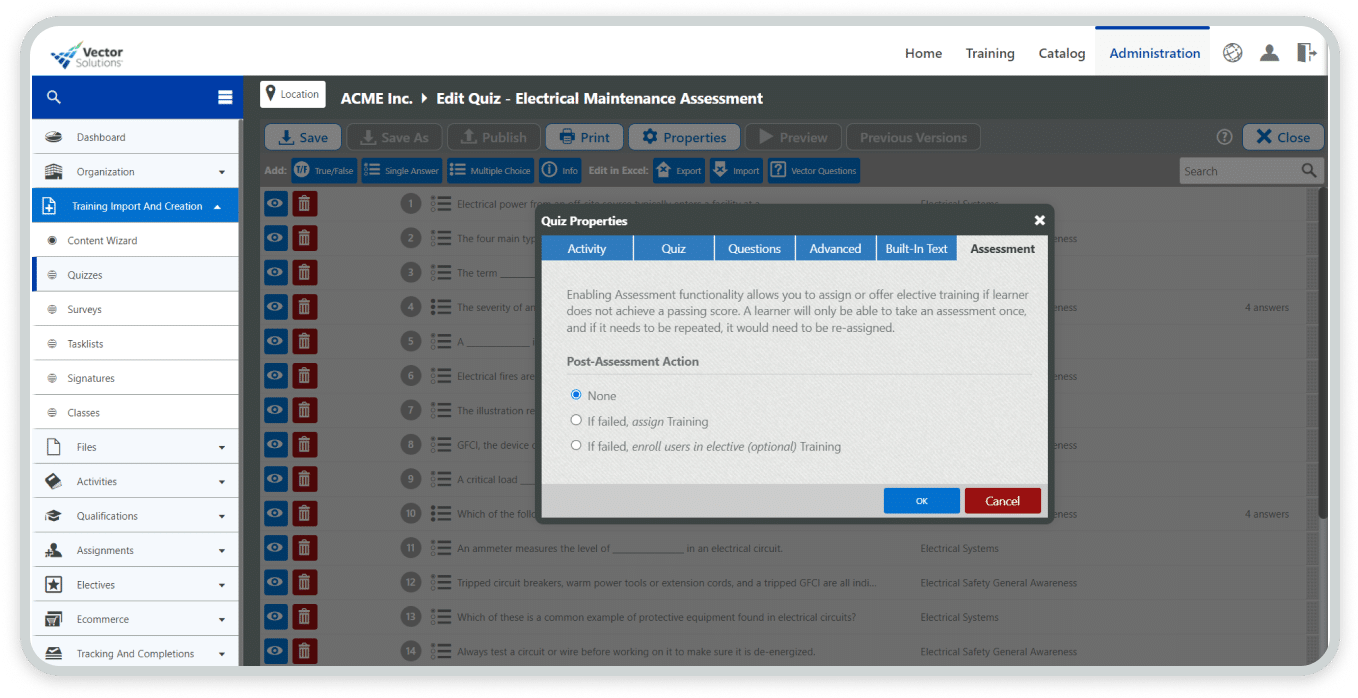
Can Non-Work-Related Incidents Occur in the Workplace?
Yes, non-work-related incidents can occur in the workplace. There are several circumstances in which an incident would not be defined as work-related, including if:
- At the time of the incident, an employee was present in the work environment as a member of the public rather than as an employee.
- The incident results solely from voluntary participation in a wellness program or in a medical, fitness, or recreational activity such as blood donation, physical examination, flu shot, or exercise class.
- The incident is solely the result of an employee doing personal tasks at the establishment outside of the employee’s assigned working hours.
- The injury or illness is caused by a motor vehicle accident and occurs on a company parking lot or company access road while the employee is commuting to or from work.
How Vector Solutions Helps with OSHA Recordkeeping & Reporting
“A cornerstone of our world-class safety program is our attention to even minor incidents and our investigation of all potential safety issues. The data we pull from Vector’s dashboards and reports is an invaluable part of this process, and helps us make adjustments to how we work to continuously improve safety.”
– HS&E Manager
At Vector Solutions, we offer organizations robust and streamlined EHS incident management software. This comprehensive EHS platform helps companies quickly respond to, investigate, and analyze workplace safety incidents and trends to prevent future or recurring issues.
Request a demo and learn more.
Success Story: Vector EHS
Discover how Vector EHS transformed incident management and enhanced collaboration across facilities for Woodgrain Inc., a multi-sectional wood manufacturing company.
Watch How